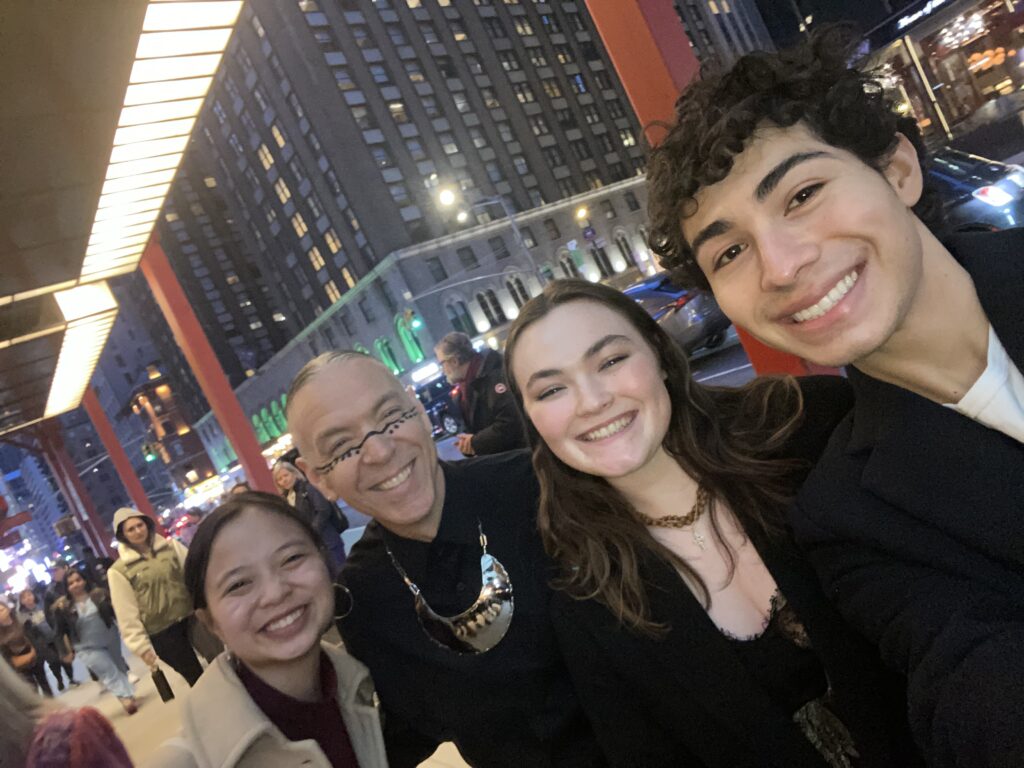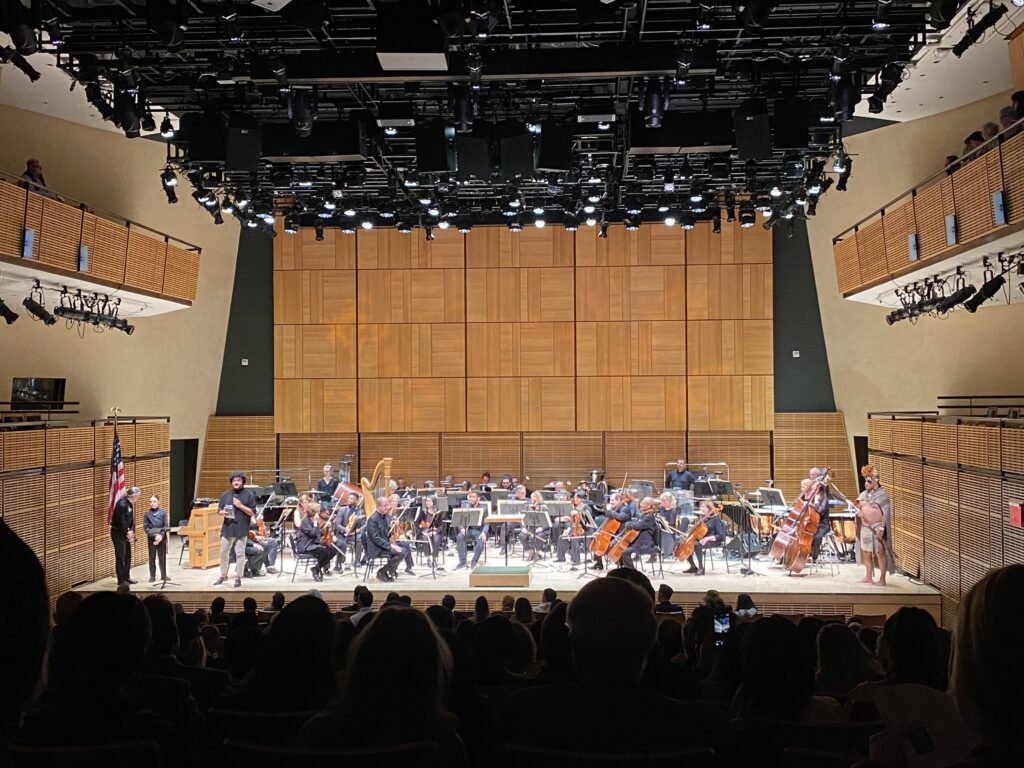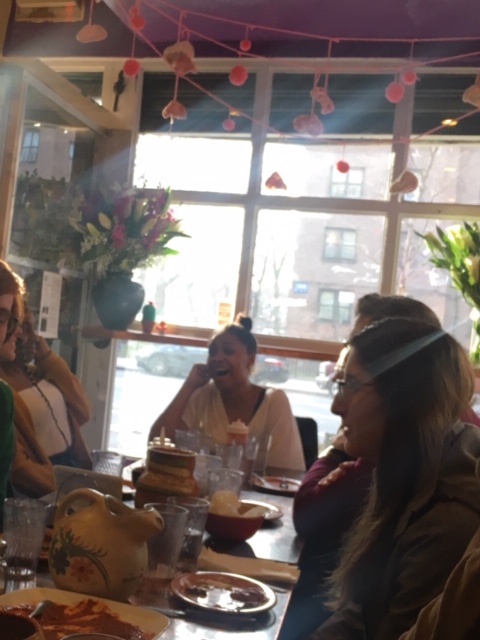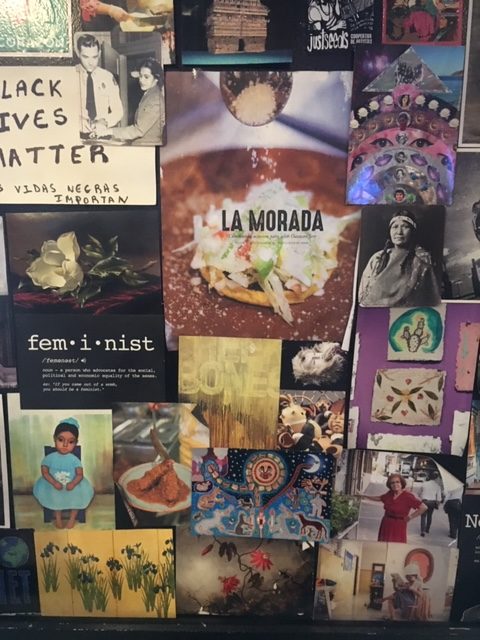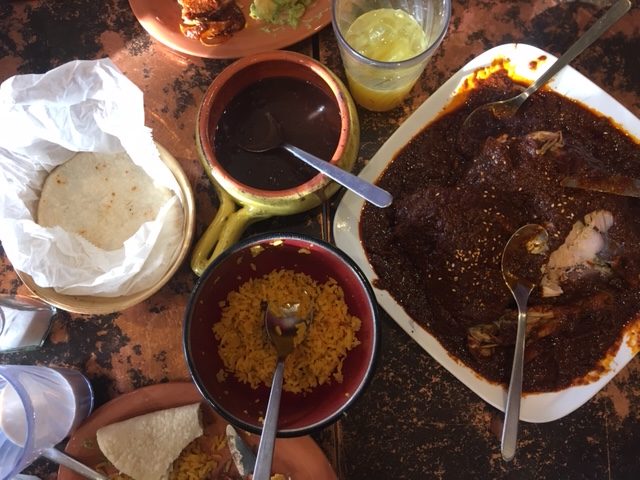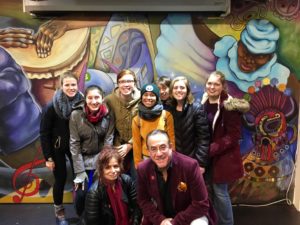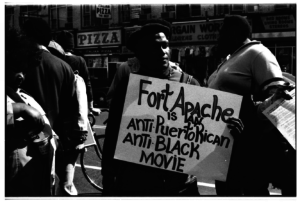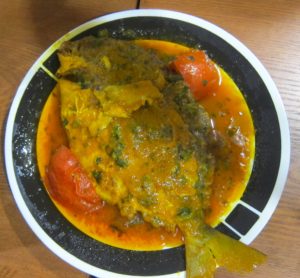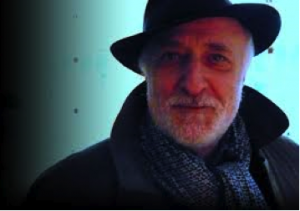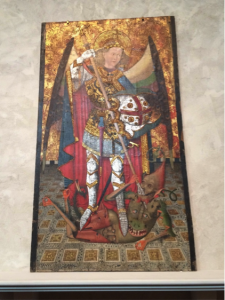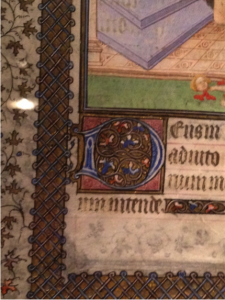Author: Hannah Darnell, junior
With help from the Honors Ambassadorial Grant, I was able to finance and install an exhibition about a Puerto Rican lacemaking process called mundillo at the NYPL Bronx Library Center’s Latinx and Puerto Rican Heritage Center. This collection of photographs, interview excerpts, and lace products were sourced during an ethnographic research trip I completed last summer in the San Juan and Moca areas of Puerto Rico. I studied how mundillo can be considered a source for the cultivation of cultural and community resilience after Hurricane María in 2017. This exhibition, Little World, honors the work and perspectives of the lace artisans I interviewed while in Puerto Rico, uniting bilingual text and visual art in a private room inside the library.
Curating this exhibition provided me with experience in artifact collection, exhibition design, visual communication, and art installation techniques. I have been considering pursuing a career in museum curation and this project has allowed me to engage in every stage of this process: from learning how to apply for a research grant to installing materials and hosting a gallery opening. It was incredibly gratifying to present my work professionally and publicly after a year- long process of academic research and logistical coordination of exhibition materials. It was also nice to host my friends, family, and professors at a community event, and to see in the visitor log that Bronx residents who are native to the small town of Moca (most well-known for its mundillo production) came to the exhibit and appreciated my work.
While I was in Puerto Rico last summer, many of the mundillo artisans asked me to spread the word about this form of art and its importance to their small community. With the help of the Honors program’s grant, I have been able to do so by bringing their stories and art to the Bronx community and that of Fordham University. I hope that other students will take the opportunity to engage in events and projects outside of Fordham and know that there will likely be support from the Honors Program along the way!


